Drink water all day every day Water does amazing things for your body. Need 10 of them? Check out this great read - 10 Reasons Why You Should Drink More Water. Even if you're only interested in a few of those reasons, it's worth it! We often confuse thirst for hunger and many people are dehydrated without knowing it. If you feel thirsty at all, you're already pretty dehydrated. To estimate how much water you should be getting, divide your weight in pounds by 2 and drink that many ounces (more if you're working out)! Thank you Taralynn McNitt at Undressed Skeleton for this great post of how to mark your water bottle so that you can check in throughout the day and make sure you’re getting it all in! |
Keep up with your protein intake Protein takes longer to digest than carbs, so if you’re eating more protein, you’ll feel fuller longer, allowing you to reduce your caloric intake without getting hungry! Protein is a food that helps you build more muscle, too. Lean meats and low-fat cheeses are common sources of protein, but don't rule out some other great sources of protein too. Check out these great suggestions for high-protein snacks from Everyday Health. In general, for a healthy adult, your protein intake should be around 0.5g protein per pound of body weight, but this is going to vary for men/women and also if you're trying to build muscle mass. |
Limit your intake of refined foods When grains are refined to flour, fruits are processed for juice, etc., a lot of the nutrients and fiber are lost from the foods. These foods wind up being "empty calories". Trade in refined foods for whole foods at every opportunity. Eat the apple instead of the juice and go for whole grains like quinoa instead of white rice or pasta made with flour. Check out these tips from Fitness Republic on how to avoid processed foods. |
Eat 25-50 grams fiber per day Do you know how much fiber you’re getting each day? It’s recommended to get 25g for women and 38g for men – that’s A LOT of fiber! If you're eating whole foods, you can get a lot of fiber from your diet. The Mayo Clinic does a great job of explaining why fiber is so important as well as providing a list of high-fiber foods. But, be sure to increase your daily fiber intake slowly to avoid getting an upset stomach! |
Eat your fruits and veggies In addition to being a great way to eat whole foods and a great source of fiber, fruits and vegetables offer so many benefits. They have many vitamins and minerals, with each kind offering its own benefits: potassium from bananas, antioxidants from berries, etc. If you keep your fruits and veggies cut up in single serving containers and at eye level in the fridge, you'll be more likely to eat them. |
Read food labels & know what to look for The American Heart Association offers some great advice for people who don't even know where to start when reading a food label. Make sure to pay specific attention to serving size. In general, look for foods that are low in saturated fats (or don't have any) and low in sugars. Also, don't forget to check the ingredient list - if you can't pronounce it, you probably don't want to eat it either. So make sure you learn how to pronounce quinoa and jicama, so you don't leave them out! |
Portion your food & record it As a follow up to checking your food label, are you really measuring your portion size? Do you even know what 1 cup of cereal or 3oz. of meat looks like? Thanks to the Vreeland Clinic's Blog, the pics on the left show an actual serving of Cheerios. That's JUST ONE SERVING! Is that what your cereal looks like when you pour yourself a bowl? Also, if you haven’t started using a food diary – today is the day to start! You’ll be surprised at how mindless eating can be when you start recording EVERYTHING you put into your mouth! Do you know about how many calories you should be eating every day? I like www.Livestrong.com and www.MyFitnessPal.com for convenient ways to record your food intake. Check those out and even download the app to your smartphone. Enter your info, and get started! |
No more added sweeteners, including the artificial ones Hopefully, if you're trying to improve your diet and create a healthier lifestyle, you are also cutting back on the empty calories in sugar. Sugar seems to be added to all sorts of processed foods these days, so eating whole foods and reading you food labels will help. But what about those calorie-free artificial sweeteners? The jury is still out on exactly how "safe" these sweeteners are, the bottom line is that if a food or drink has an artificial sweetener, it is not a "whole" or "natural" food. Whole foods are where you're going to get the most bang for your buck in your healthy lifestyle. Additionally, research suggests that people who consume foods with artificial sweeteners are more likely to crave sweets. We don't want that, do we? | |
| | MOVE I'm not talking about exercise here (which you should also be doing) - I'm talking about light activity after a meal. How many times have you eaten a big meal and then sat on the couch all night? Or even went straight to bed? Not only will you feel better if you move a little after a meal (PROMISE), but research shows that light activity after a meal can help control blood sugars as well. So, get up and MOVE! |
Meal prep on the weekends Probably the biggest excuse for eating unhealthy foods is that they are so easy and accessible (think - the fast food drive-thru). If you have everything you need on hand for the week, you won’t make any last minute decisions that will sabotage your hard work! My good friend Lauren Muchko has some GREAT advice on how to prep to eat clean, and it all starts on the weekend (or whenever you have the free time). You don't need 2 hours every day to cook a healthy meal! |



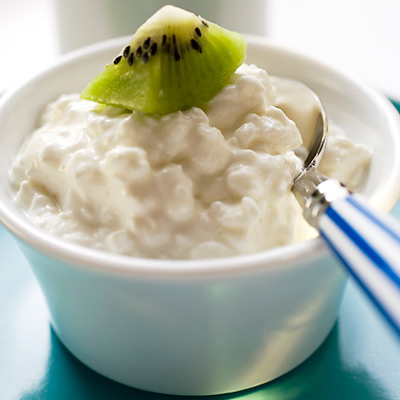












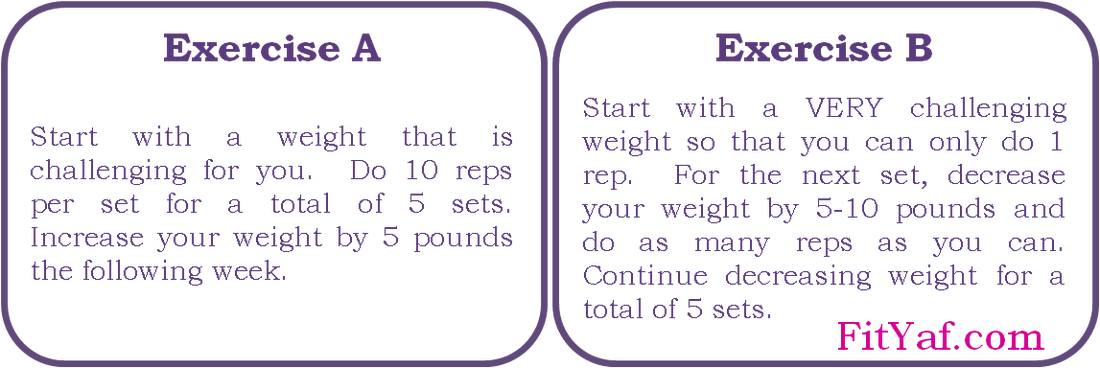

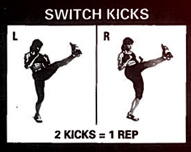











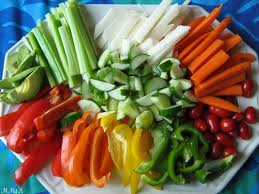

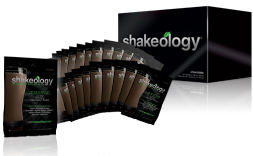






















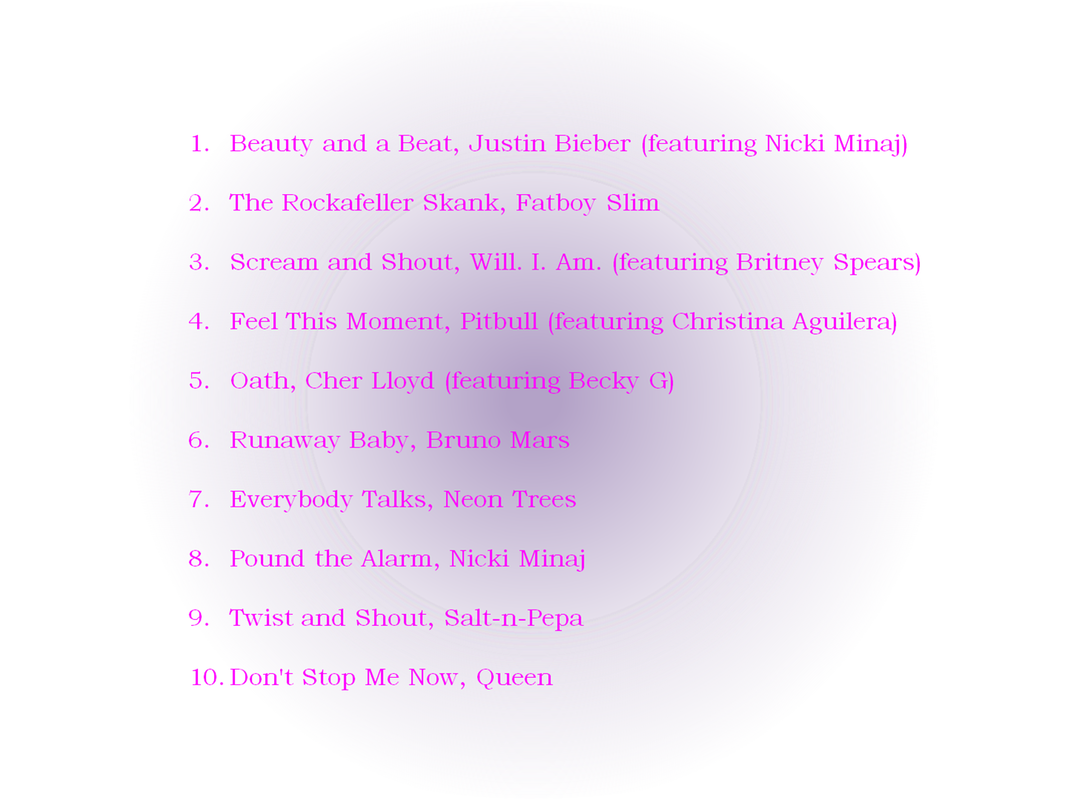








 RSS Feed
RSS Feed
